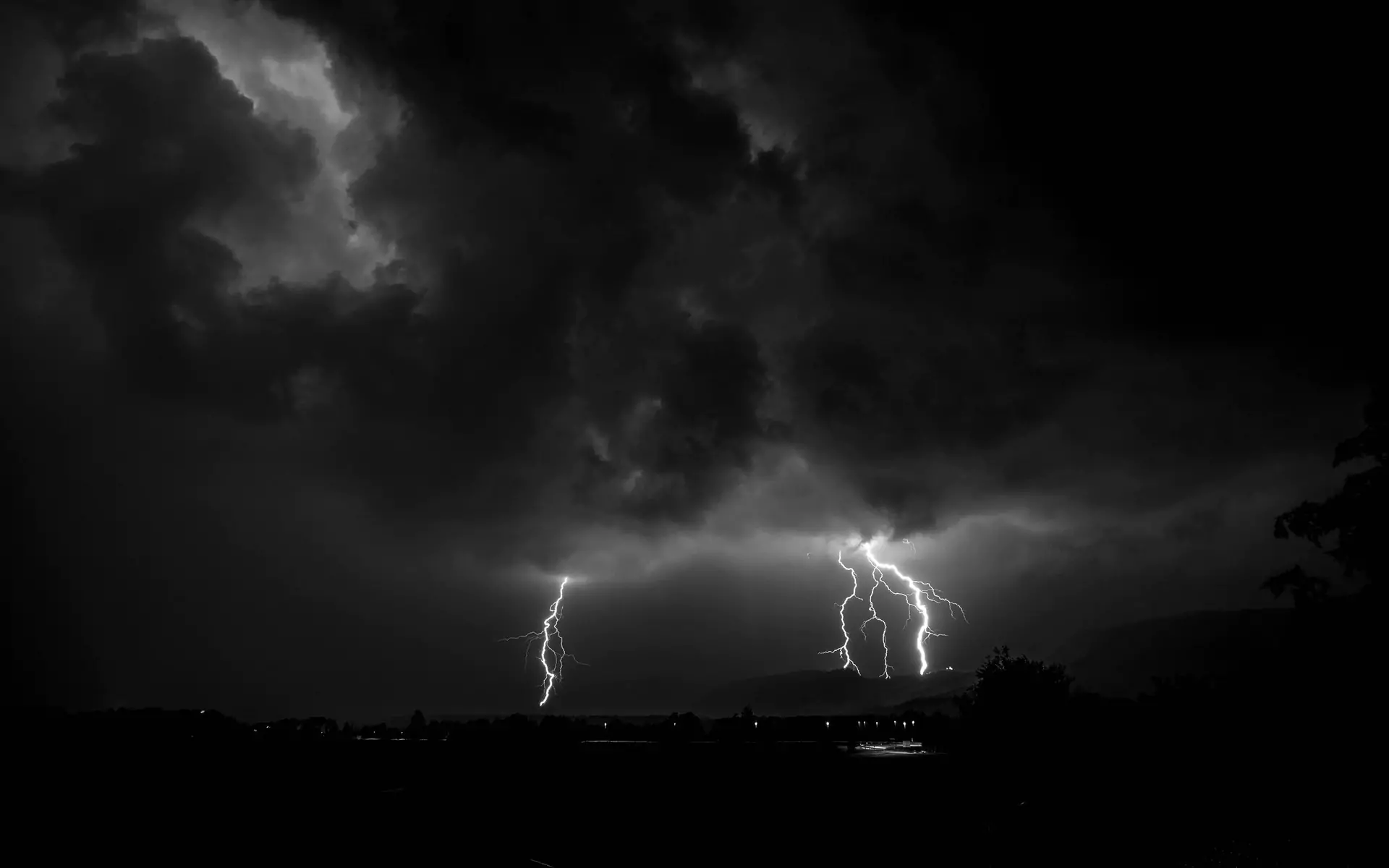Weather results from the complex and never-ending interaction of the sun's heat and the Earth's atmosphere. Weather systems and storm features can often produce astounding colors in the sky. Yet, the atmosphere itself is colorless. How are these astonishingly varied colors produced?
The colors we see in the atmosphere result from particles suspended in the atmosphere that scatter, refract and diffract the sunlight. The visible light of the sun contains a mixture of all the colors--red, orange, yellow, green, blue, indigo and violet. It travels throughout the solar system in straight waves.
When sunlight enters our atmosphere, dust particles and air molecules scatter the light waves in different directions. Violet and blue waves have shorter wavelengths and are therefore scattered more effectively than the longer orange and red waves. This results in a mixture of violet, blue and green waves scattered across the sky along with only tiny amounts of the other colors. This mixture combines to form blue. The exact shade of blue depends on how much water vapor and dust particles are in the air. More droplets and particles yield a paler blue sky.
Clouds are white because they are made up of water droplets that scatter all the colors of the spectrum. This means that the original white light of the sun is reconstituted. However, if clouds are thick and don't allow all the light to pass through, then the clouds appear gray or black.
The sky frequently changes color during sunrises and sunsets. This is because as the sun is lower in the sky, light travels farther through atmosphere allowing more red and orange waves to be scattered. Pollution, dust and ash can enhance the red and orange hues of setting and rising suns.
Rainbows are produced when light is refracted (bent) by airborne water droplets. Each color exits the droplets at a slightly different angle. But the angles are precisely the same for each of the millions of droplets. Therefore, viewers of rainbows see distinct color bands.
